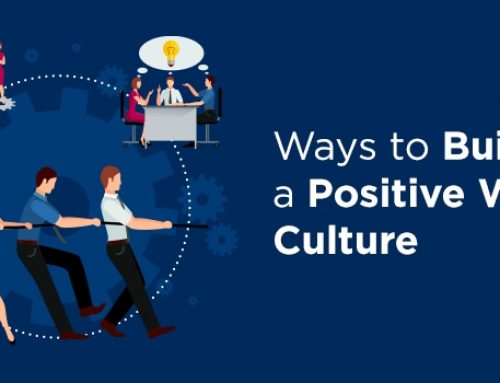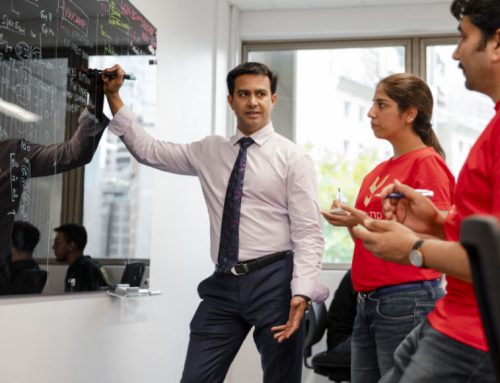This Leadership series begins at Part 1, Small Steps for Staff Engagement, and continues in Part 2, Staff Engagement Continued. For more helpful advice from 9East Managing Director and Entrepreneur, Amjad Khanche, follow him on LinkedIn.
Building a Happy Workplace
Is your workplace somewhere your team members are happy to work? It is commonly known that a happy workplace is more productive and effective, so it is important to know how to keep your team members happy. This is not about giving out pay rises and letting your teams finish early on a Friday afternoon. It is about taking the time to understand and delight your team members with the things that matter to them on a regular basis. It is important for managers to remember that building a happy workplace is a process and not a task to be completed. Managers need to be committed to achieving such outcomes regardless of budgets or restrictions. Keep them informed about key decisions that are being made in the business, timely and disciplined anonymous surveys, which will allow you to gain constructive feedback, is all part of that process of building a happy workplace.
I have used this phrase called Mushroom Syndrome in my past life – which literally means feeding bullshit and keeping things in the dark and expecting people to grow. While that is possible with mushrooms, it doesn’t exactly translate to an inclusive workplace. Your team members will always appreciate formal and informal platforms where they could be heard and kept informed.
Attracting and retaining the right team members is one of the biggest challenges for businesses today. For this to occur, it is important to develop a value system to help your team member to be happy and connected to your company and its culture. Value systems involve creating a balance of company vision, team member recognition and timely reward and recognition for your team member’s contributions. For it to be effective, you need to make sure that your reward is unique and compelling, and something that appeals to most team members. A democratic approach towards creating such a recognition system works in the majority of workplaces. Although it is beginning to sound like it’s a lot to practice, like I said above, please consider it as a process and keep the wheels moving.
When team members build workplace relationships it usually gets easier for them to have a difficult conversation with their colleagues as they have a basic foundation of trust that comes from spending spurts of social time together.
Coming from small incentives, such as monthly/quarterly food and drinks, to create a social setting that helps to bring the culture of inclusivity will almost certainly translate into a responsible workforce. A workforce that is loyal and takes ownership of their actions. As a leader or a manager, this is something that I have considered very important attributes that I would like in my workforce.
It’s all about finding ways to communicate with your people and letting them know that they do make a difference in creating a happy workplace. Start small; dream big.







